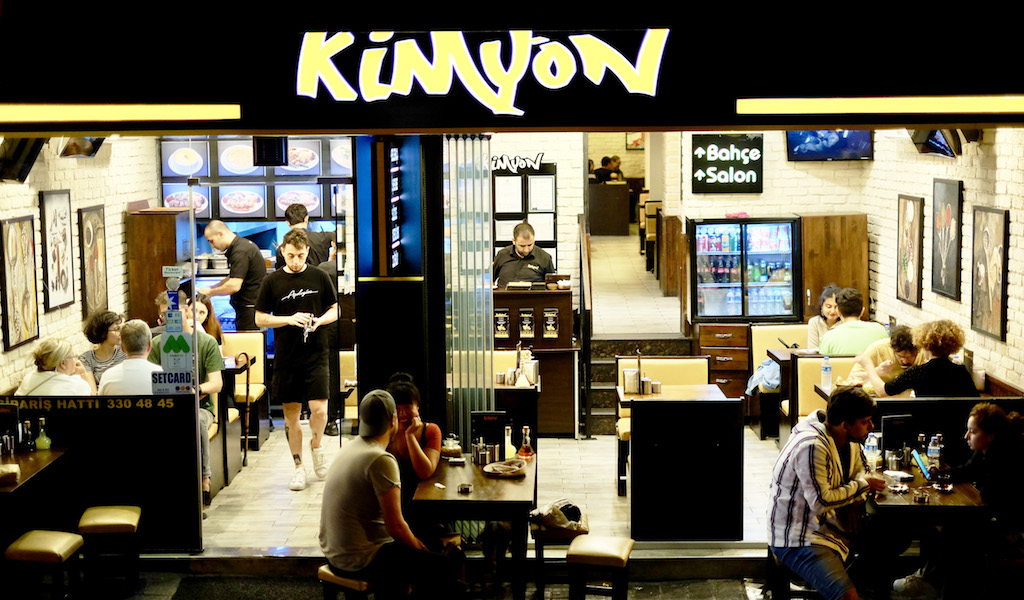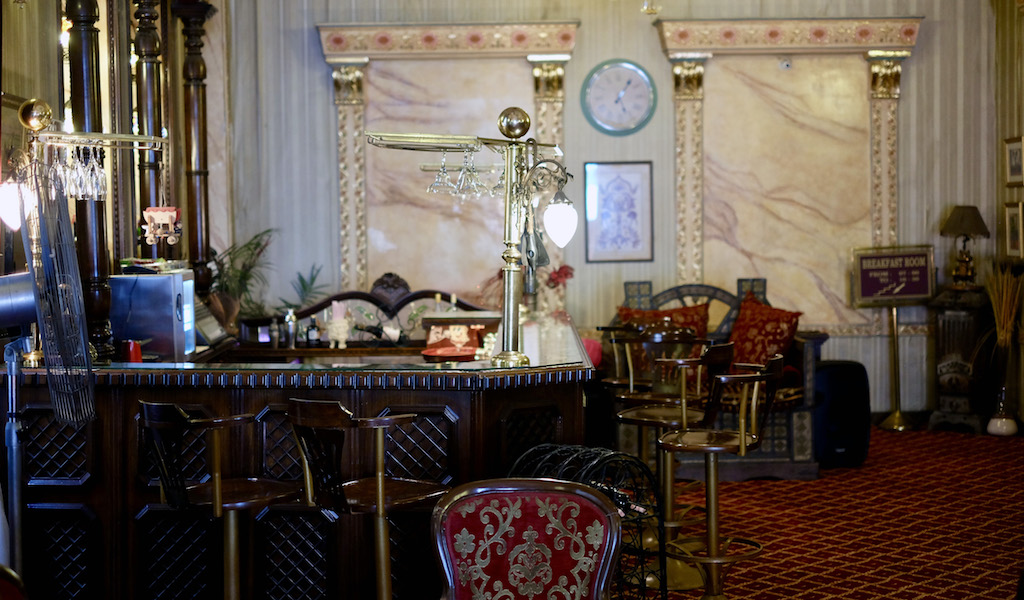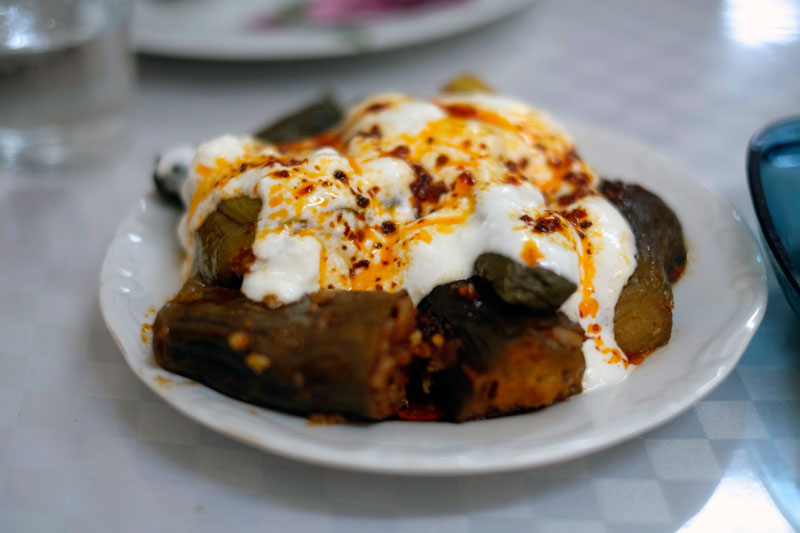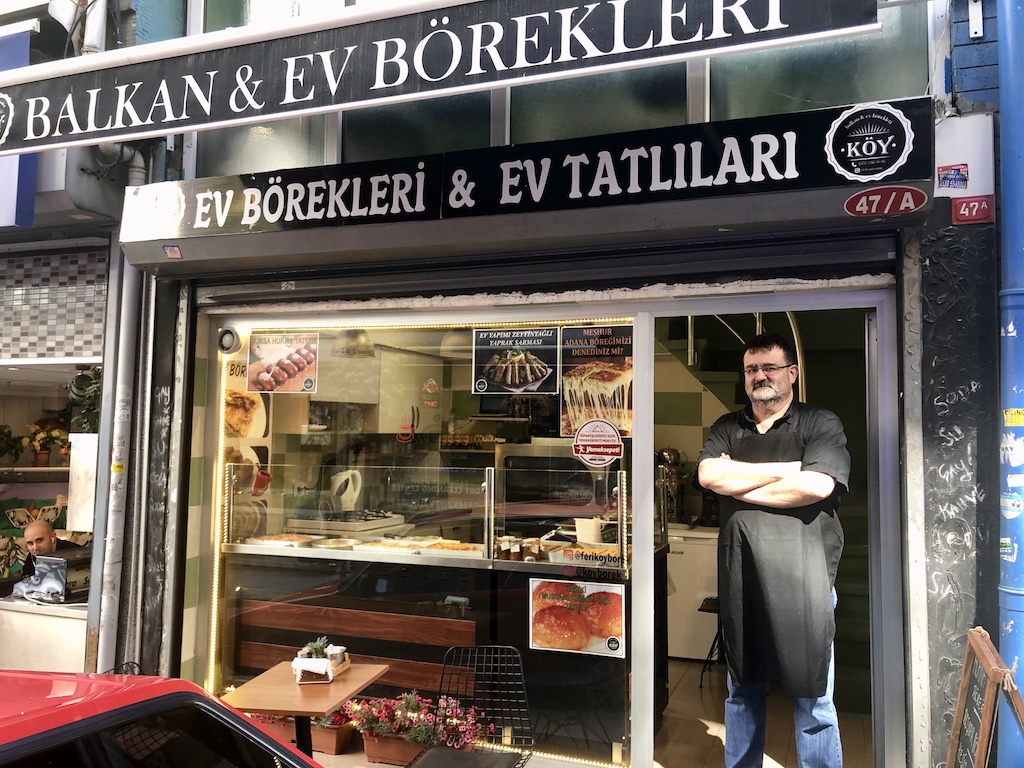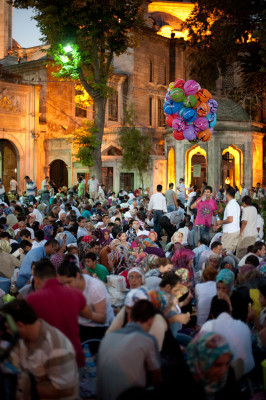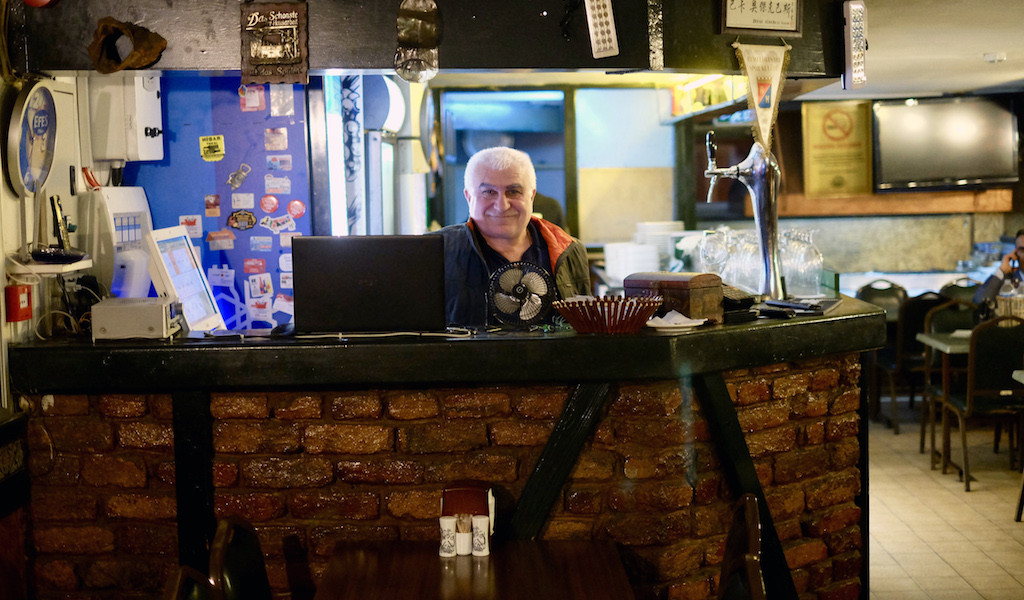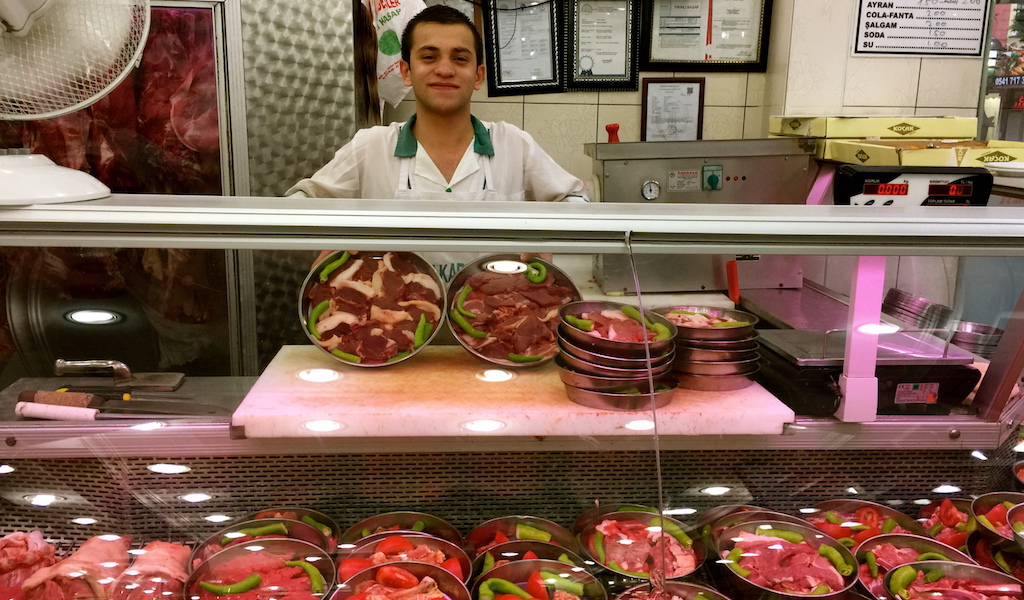We can't find the internet
Attempting to reconnect
Something went wrong!
Hang in there while we get back on track
Search results for "Paul Benjamin Osterlund"
Istanbul
Kimyon: Round-the-Clock Kebab
Kadıköy’s Kimyon is a friend of the after-hours and the booze-fueled denizens who are done at the bar but have yet to call it a night. It is the buffer zone between too many drinks and a brutal hangover, and doesn’t judge those who are still up at 6:30 a.m., because it’s still open and orders of grilled chicken skewers are freshly sizzling above the charcoal. Kimyon runs nearly around the clock, save for perhaps an hour at dawn when operations shut down for cleaning. Appropriately, it’s located in the dead center of Kadife Sokak (Velvet Street), whose elegant name belies the revelry that takes place inside and frequently spills out of the numerous drinking establishments that give the street its de-facto moniker: Barlar Sokağı (Bars Street).
Read moreIstanbul
Behind Bars: Preserving Historic Beyoğlu at the Büyük Londra
The five-star Pera Palace is undoubtedly Istanbul’s most iconic hotel, with its palatial rooms and suites named after the legendary guests that stayed there, such as Agatha Christie, Alfred Hitchcock, Jacqueline Kennedy Onassis and Ernest Hemingway. Practically synonymous with the Istanbul of a century ago, it is the subject of a lovely tome, "Midnight at the Pera Palace" by Charles King, that locates the hotel within the fantastically tumultuous years leading up to and following the establishment of the Turkish Republic. Though we admire the Pera Palace and cannot understate its importance to the city’s modern history, it is not our favorite Istanbul hotel. That honor is reserved for the Büyük Londra (Grand Hotel de Londres), located just a stone’s throw away on the opposite side of the stately Meşrutiyet Avenue.
Read moreIstanbul
Ben-u Sen: Daily Blessings
Istanbul's Kurtuluş neighborhood is home to a number of slow-burners, establishments that may be hidden in plain view due to their plainness but that end up becoming some of our favorites. Gimmicks don’t fly in down-to-earth Kurtuluş, where neighborly ties are strong and home-cooked meals are preferred. Tucked on a side street in the middle of the quarter is a small eatery that exemplifies this tried-and-true character. Behind windows that fog up quickly in the winter sit a handful of tables facing an open kitchen in what might be Istanbul's coziest restaurant, Ben-u Sen, which showcases the divine ev yemekleri (home cooking) of the delightful Nuray Güzel.
Read moreIstanbul
Köy Börek: Instant Classic
The first few blocks of Baruthane are lined with a smattering of restaurants, barbers, television repair shops and dry cleaners, though in recent years a flurry of third-wave coffee shops and bars has arrived on the street. While this is a positive development for the young adults that patronize these establishments, there is the inevitable concern that their proliferation will cause a spike in rents and tarnish the quaint character of this beloved neighborhood. It is for this reason that we were thrilled to see a new establishment open up on Baruthane that reflects the classic small-business character that makes this area so special. Köy Börek is run by Abdullah Kral, a cheerful 53-year-old teddy bear of a man who makes some of the most delicious börek we’ve ever had – and we’ve had a lot. (Kral means king in Turkish, and we are prepared to crown Abdullah bey the king of börek.)
Read moreIstanbul
Ramadan's Iftar: Break Fast of Champions, 2019 Edition
Think of Ramadan, which just began in many parts of the world, as a kind of monthlong biathlon that consists of an all-day race to beat back the hunger and thirst of fasting, followed by an all-night marathon of eating and drinking in order to fortify the body for the next day’s fast. In recent years in Turkey, iftar, the traditional break fast meal that used to mostly consist of some dates and a freshly baked round of Ramadan pide, has started to become an increasingly trendy affair, with ministers, businessmen and regular people trying to make an impression by hosting ever more lavish meals.
Read moreIstanbul
Bakar Ocakbaşı: The Birdhouse
Down the street from Istanbul’s upmarket Etiler neighborhood and above the even-glitzier shoreside quarter of Bebek lies Hisarüstü, a ragtag maze of unplanned urban growth that happens to be adjacent to the newer campus of Bogaziçi University, Turkey’s most prestigious college. Once upon a time the area was home to a pig farm, but Hisarüstü became quickly built up as Anatolian migrants rapidly settled in Istanbul, not shying away from the area despite its location on an impossibly steep hill. Though Etiler and Bebek are among the city’s most prestigious areas, Hisarüstü doesn’t get much attention from outside visitors – if you don’t live in the neighborhood or attend Boğaziçi, you likely have no reason to go there.
Read moreIstanbul
Hizmet Kardeşler: Little Gaziantep in Istanbul
The T1 tramway route passes by virtually all of Istanbul’s most well-known sights. Crossing the Galata Bridge and weaving through the Old City, the T1 practically rubs up against the Hagia Sophia, Topkapı Palace, the Grand Bazaar and other famous attractions, ensuring that most foreign visitors to the city will ride this tram within a five-stop radius. But after the T1 rumbles past the old city walls, it snakes its way northeast through a dense patch of working-class districts usually ignored by tourists. Dreary on the outside though they may look, many of these neighborhoods are laced with off-the-beaten-path charm and culinary delights hidden in plain view.
Read more